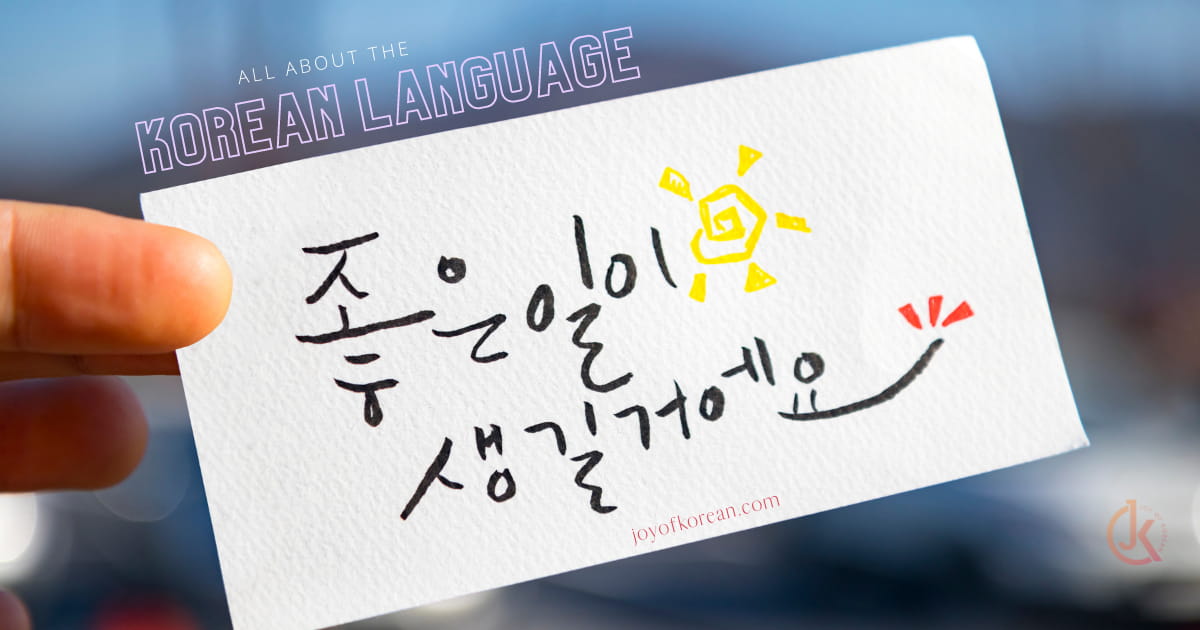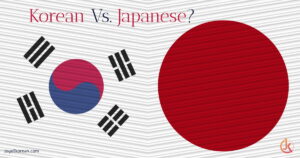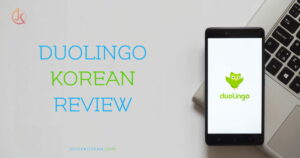From careers related to Korean to preparing for the TOPIK test, I want to help you get the most out of your Korean language learning journey.
Yet it’s equally important to know more about the Korean language before exploring deep into it.
This post isn’t about how, where, and why to learn Korean. For that, I have already written plenty of in-depth articles.
Here I’ll cover everything about the Korean language. This includes, but is not limited to, fascinating facts and information about the language of Korea that you probably didn’t know.
Table of Contents
- Origin, History, Development, and Language Family
- The Korean Language in the Modern World
- About the Korean language
- Final Words on the Korean Language
Origin, History, Development, and Language Family
Before diving into your Korean studies, here are essential facts.
This section will cover everything you need to know about the Korean language’s origin, history, and transition from the past to the present.

The root and relation with other languages
Though one of the most popular languages worldwide, the origins of the Korean language are still unknown. It is a bit of a mystery and unclear.
This is because of the difficulty in determining its connection with other languages. There aren’t many old Korean writings to compare them to, and the earliest written form appeared during the Joseon dynasty.
Many philologists and experts classify Korean as an Altaic language family. Mongolian, Turkish, and sometimes Japanese are categorized under the same group.
This hypothesis, however, is frequently contested.
Some believe it is connected to Indian Dravidian or Austronesian families. Others also related it to Indo-European, Ainu, Chinese, and Tibetan. And the list of claims is never-ending.
Several websites and resources assert that Korean belongs to a known language family, but some linguists disagree. No definite evidence backs these theories, research, or opinions.
Because of a lack of proof, we term Korean a ‘language isolate,’ like Basque, Ainu, and Sandawe. Hence, we do not link it to another language family or any known language worldwide.
Koreanic Language Family
Although Korean is a language isolated and belongs to Koreanic, a small language family. There is no evidence of a genetic relation between Koreanic and any other language groups.
It comprises only two languages — Korean and the Jeju language spoken on Jeju Island.
Some believe Jeju is a dialect of Korean. Yet, it is different enough to be a separate language.
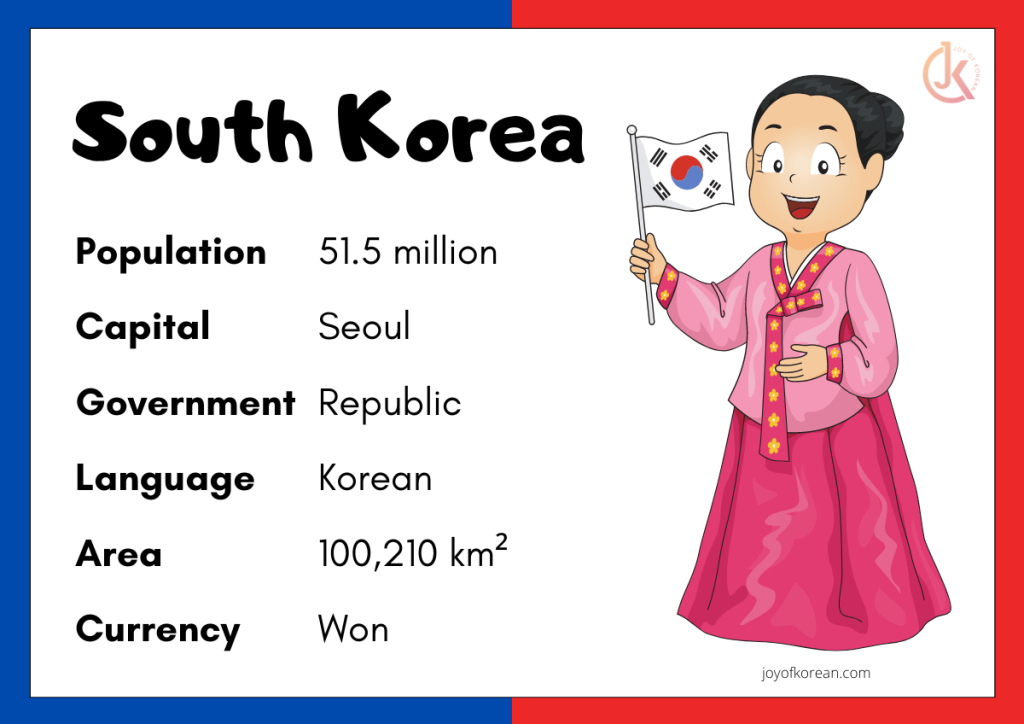
History of the Korean language
According to early historical sources, two sets of languages were spoken on the Korean Peninsula at the start of the era. The northern or “Buyeo” group and the southern or “Han” group.
South Koreans believe that the Korean language has its origin in the “Han.” On the other hand, the North Koreans claim that “Buyeo” is the root of contemporary Korean.
This is because the three kingdoms that split the Korean peninsula at the time used these two languages.
The Silla dialect became the prevalent language on the peninsula during the 7th century. It happened when the kingdom of Silla defeated the kingdoms of Baekje in southwest Korea and Goguryeo in the north.
They shifted the national capital to Gaesong after the rise of the Goryeo Dynasty in the 10th century. Thus, the Gaesong dialect became the national language standard.
The capital of the Joseon Dynasty, which began at the end of the 14th century, was moved to Seoul.
Chinese influence
The Chinese invasion of Korea in 109 BC and the power struggle that continued until the 19th century made a difference. The Chinese writing system and language impacted the Korean language growth.
While Korean is unrelated to Chinese and Japanese, they all share many linguistic features. This is because of geographical proximity and interactions between cross-border people over millennia.
The Korean language adopted Chinese as its original writing system. In Joseon, the most prevalent method used these characters to write Korean phonetically, and was called “Hanja.”
Yet, this writing method was insufficiently precise. It didn’t go well with Korean. Despite the benefit of learning Chinese characters, it was tricky and expensive. This education was only available to the wealthy and privileged.
Approximately half the Korean vocabulary has words derived from Chinese. While Koreans continue to use, today, they restrict the usage to formal or unique scenarios.
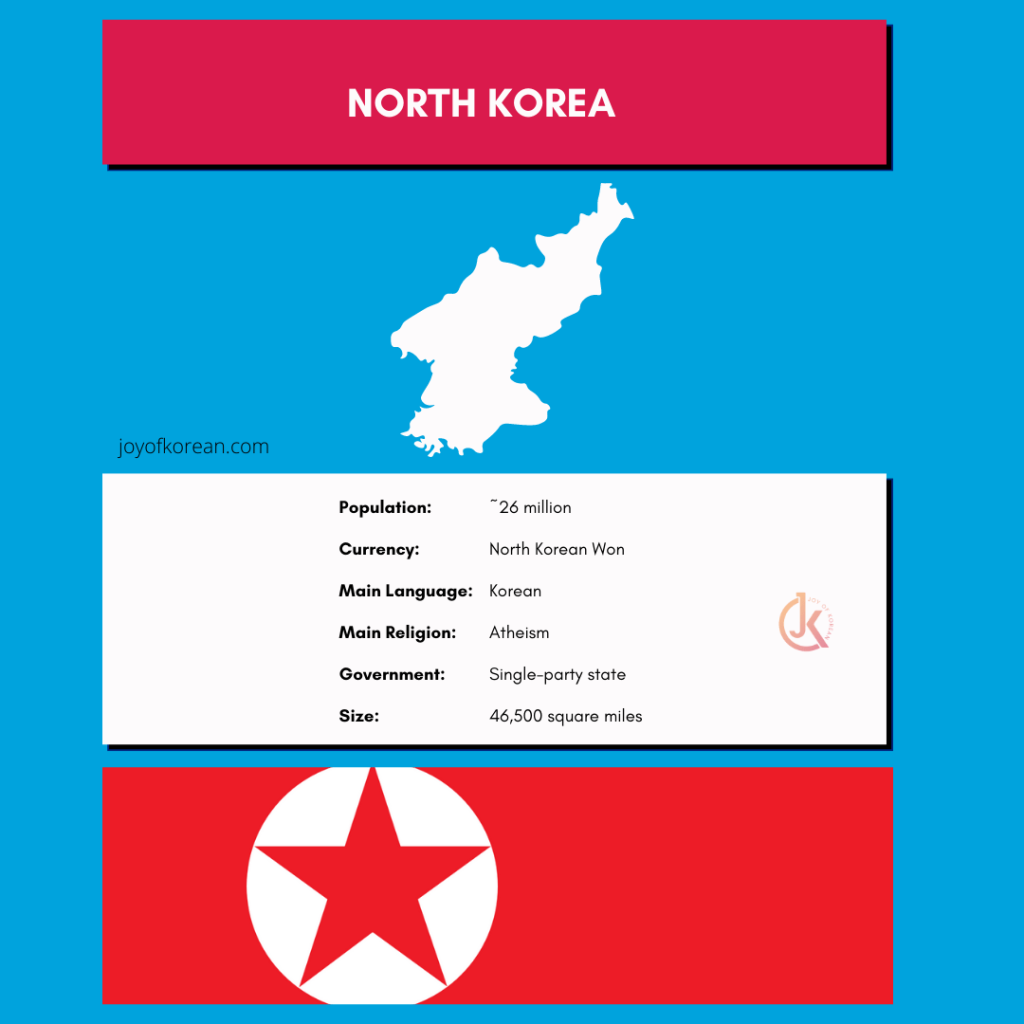
Creation and Origin of Hangul
The then King of Joseon, King Sejong, founded and created the Hangul script in the 15th century. He did this to increase and propagate literacy among his subjects.
King Sejong created beautiful Hangul with the Korean language specifically in mind. Thus, it corresponds with the language perfectly.
It was designed to be easy to learn and use for the ordinary person. Thus, it is often considered one of the world’s most logical and intelligently developed writing systems.
In Hangul, each sign represents a sound; more importantly, it imitates how the mouth shapes while pronouncing the alphabet.
Joseongul (Chosŏn’gŭl) is the name given to it in North Korea. It became the most prominent writing system in North and South Korea after World War II and the Korean War.
The Korean Language in the Modern World
Korean comes in many flavors.
Let’s begin!
Various Dialects in Korea
There are roughly nine Korean dialects across Korea. The Pyongyang dialect in North Korea and the Seoul version in South Korea are the standard variants.
South Korea has various dialects, of which 5 are popular. This comprises the Seoul variety, the most well-known one. On the other hand, Jeju is the most distinct.
In contrast, North Korea has two main dialects. The widespread one is mixed with Seoul and the Pyongyang region’s dialects.
They named regional languages in South Korea after provinces. For instance, Gyeonggi, Gyeongsang, Chungcheong, Jeolla, and Jeju Island. Hamkyong, Pyongan, and Hwanghae are some North Korean regional dialects.
We also know the Gyeonggi dialect as the “Seoul dialect.” This dialect is spoken in Gyeonggi Province, Seoul, Incheon, Kaesong, Kaepung, and Changpung (North Korea).
We class this independently due to the royal language’s pervasiveness. Also, it refers to the Gyeonggi dialect by merging the ones of Seoul and Gyeonggi. Seoul has been the capital of Joseon for over 500 years.
The Chungcheong dialect is spoken in South Korea’s Chungcheong province. It includes the metropolis of Daejeon.
Among the Central dialects, the idiom of Chungcheong province has the most characteristics of the Jeolla dialect. Thus, it may also be separated into the other.
The Hwanghae dialect spoken in North Korea’s Hwanghae Province has the most remarkable features of the Pyongan variety.
Because the Korean War has lasted so long, the Pyongan one has heavily impacted the Hwanghae dialect. As a result, many today see it as a sub-dialect of the Pyongan variant rather than the Central dialect.
The Gyeongsang dialect is spoken in South Korea’s Gyeongsang Province (Yeongnam), including Busan, Daegu, and Ulsan. Because the pitch of this dialect differs from that of Seoul, it is easily identifiable.
Jeolla is spoken in South Korea’s Jeolla Province (Honam), which includes the city of Gwangju.
In the northern Yukchin region, Ryukchin is more similar to P’yŏng’an dialects. It has kept distinct Middle Korean traits since it has been isolated from the changes. It is the only known tonal Korean language.
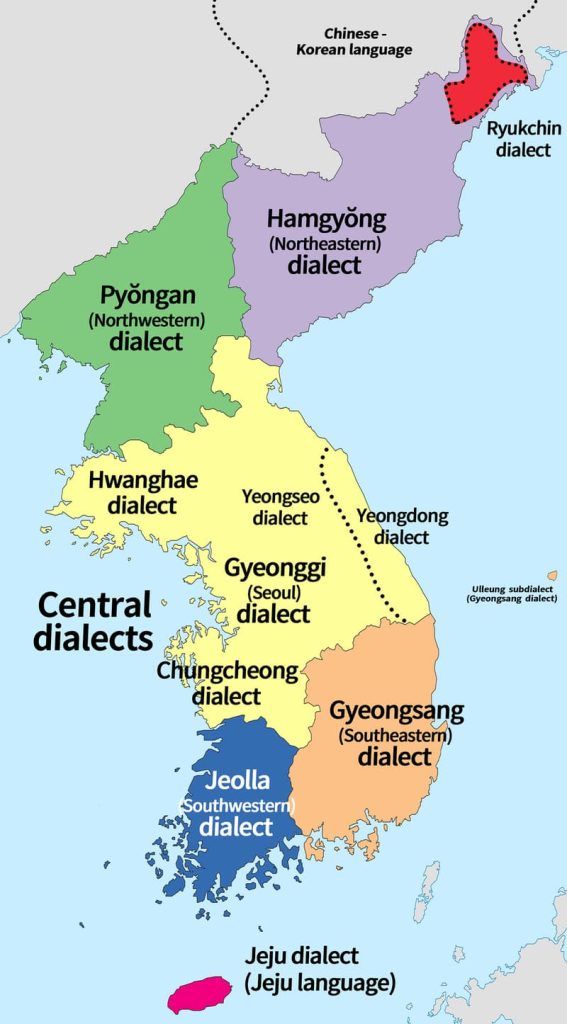
The Jeju dialect is spoken on Jeju Island off the southwest coast of South Korea. This is the most different dialect and is often considered a separate Koreanic language.
They all have differences, and some are hard to understand. Still, most can easily understand each other without difficulty. This is because most dialects are mutually intelligible.
The difference between North and South Korean
During the long period of separation after the Korean War, North Korea’s vernacular has diverged significantly from South Korea’s. This is because the other nations participating in the war impacted regional tongues.
In Korea, regional dialects are determined mainly through differences in stress on crucial syllables. And also words from area to region. The pronunciation differs as well.
The most significant difference between the two Korean variants is loanwords. North Korea does not use many loanwords. It stopped using Chinese characters and even Russian words in 1949.
On the contrary, South Korea has borrowed many Sino words. Still, Korean is entirely distinct from Chinese in sentence structure and sound even. In recent times, it has also taken plenty of terms from English.
Despite some differences, people from these two nations can understand each other.
Regulatory bodies
Three organizations are working for the Korean language’s unity, integrity, and growth. The aim of these regulatory bodies is to maintain it as the standard language and work as a guardian.
- North Korea — The Language Research Institute, Academy of Social Science (사회과학원 어학연구소).
- South Korea — National Institute of the Korean Language (국립국어원/國立國語院).
- China — China Korean Language Regulatory Commission (中国朝鲜语规范委员会 / 중국조선어규범위원회).
Korean speakers around the world
Korean is the official language of South Korea (Republic of Korea – ROK) and North Korea (Democratic People’s Republic of Korea – DPRK). It is also the de facto language of China’s Yanbian Korean Autonomous Prefecture, along with Mandarin.
According to Ethnologue, with 82 million native speakers, Korean is the 23rd most spoken language in the world.
Nearly 80 million speak Korean as their mother tongue, of whom 50 million live in South Korea and 26 million in North Korea. Plus, 6 million diasporas live in China, the USA, Japan, Canada, and other countries.
Due to the growing popularity of Kpop, Kdrama, Kmovies, and other cultural aspects, there are many great benefits of studying Korean. So today, millions of K-fans across the world are learning Korean.
As a result, it has become one of the most taught and studied foreign languages in the last few years. That is why the number of learners taking one of the Korean language tests has grown immensely.
About the Korean language
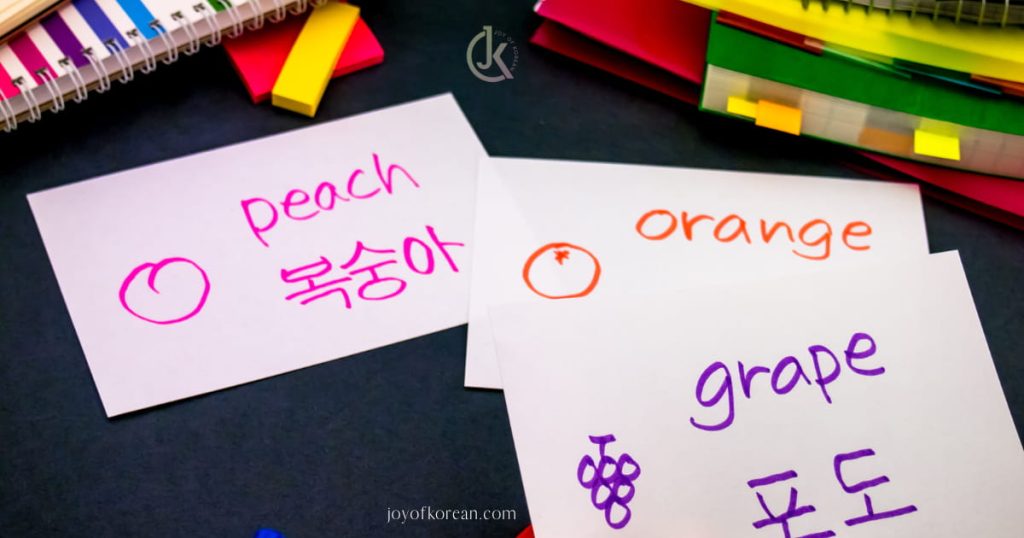
Formality, politeness, and rank are still crucial in Korean society. As a result, specific nouns and verb endings show respect for the person you’re speaking with and the person you’re talking about.
The language nuances significantly affect how the tone and mannerisms are perceived.
For example, similar words or phrases could differ in meaning and intention with just a change of inflection or syllable added or removed.
The word for fun is “Chaemi (재미),” and the formal toned sentence for “This is fun” is “Chaemi isseoyo (재미 있어요).”
Yet, in an informal tone, we can say it as “Chaemi isseo (재미 있어)” in a neutral pitch.
If the speaker drops the “yo (요)” and makes it more of a question in a rising pitch, they can view it as rude. And more like asking, “Does the situation seem funny?”.
(i) Korean vocabulary
Native Korean, Sino Korean, and other foreign loanwords are the three categories of Korean words. Plus, we know terms with historic Koreanic roots as native Korean words.
They used Chinese terms in Sino-Korean. Yet, surprisingly, 60 percent of current Koreans are of Sino-Korean ancestry.
When reading a combined Hanja and Hangul script, it’s easy to distinguish which words are Native Korean and which are Sino-Korean.
Besides, the Korean language contains many loanwords. However, most of them are now derived from English.
Korean spelling is difficult to decipher.
We often write morphophonemically words rather than phonetically. Still, a particular constituent is always visible, even if its accent varies when combined with other components.
The term price,’ for example, is always spelled “Kaps (값),” despite being pronounced “kap (갑)” in isolation and “kam (감)” in “kaps-man (값만)” ‘just the price.’
As a result, Hangul is the only alphabet with a clear link between a letter’s iconography and its sound as a feature writing system.
(ii) The Korean Grammar and Structure
Korean is an SOV language (subject-object-verb). Therefore, every Korean phrase must conclude with a verb (or an adjective, more on that later).
For example, the sentence “Naneun wusan-i issda (나는 우산이 있다)” directly translates to “I umbrella have” in Korean. As you can see, the word “have” appears after the sentence.
When creating sentences in Korean, there are more grammatical rules outside the SOV structure. For instance, they always place modifiers before the term they change.
If you use an adjective with a noun, make sure the adjective comes before the noun.
There are also no definite or indefinite articles in Korean. So, the context can determine the definiteness of a word. This is because we append prepositions to the end of the term they connect. So, they become postpositions in Korean.
Understanding the particle system is one of the most challenging elements of learning the Korean language. For native English speakers, this is an entirely unfamiliar idea.
That’s one reason many wonders, “Is Korean hard to learn?” But don’t worry. Regular practice and persistence can help you achieve higher fluency.
There are around 20 particles in everyday usage in the Korean language, and you can find them after nouns. For instance, particles for the subject, object, topic, linking, plural, and possessive to name a few.
These syllables show how a word will function in a sentence. Depending on your topic or emphasis, you’ll need to add different particles to the end of the terms to show that.
(iii) Alphabet and Writing System
There are 40 alphabets in Hangeul. Originally it was 24, but with an extra 5 consonants and 11 vowels, excluding the double consonants, which comprise around 7 characters).
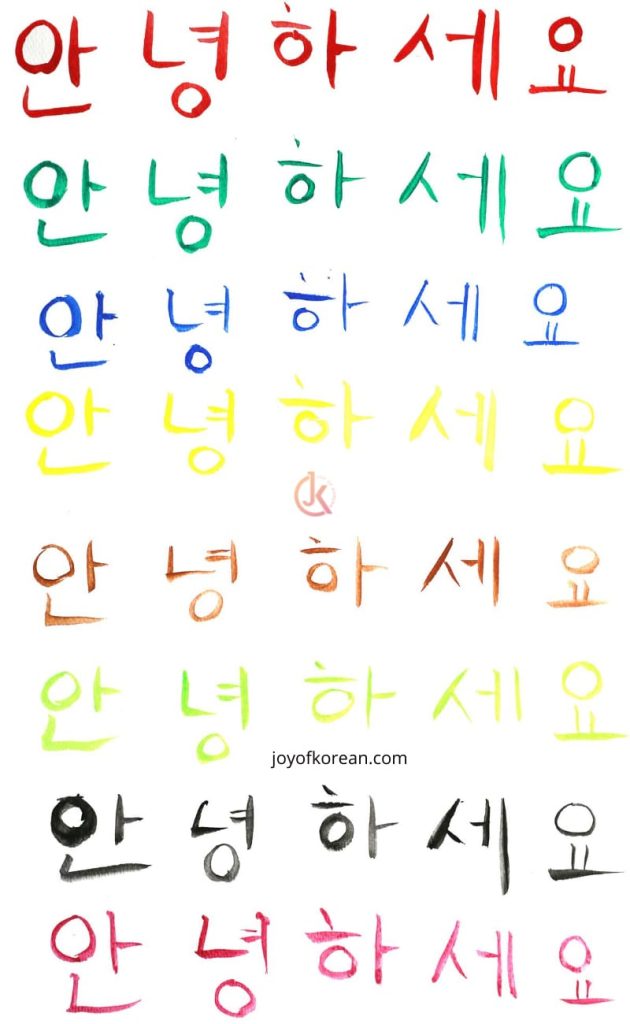
Hangeul is easy to read and write since the strokes are simple and created based on the vocal organ.
Many letters of the alphabet have comparable English-like sounds, which is a helpful feature of the writing system. Thus, studying the letters and sounds is relatively simple.
Many letters of the alphabet have comparable English equivalent sounds, which is a helpful feature of the writing system. Thus, studying the letters and sounds is relatively simple.
They put together Hangul letters in syllabic blocks with at least one vowel and one consonant. This differs from other East Asia writing systems like Chinese and Kanji. Instead, they use logographic characters in each letter representing a separate word.
In Hangul, consonants resemble the form of the speaker’s lips when making the sounds. In contrast, they made vowels of lines and points depicting the Earth, Sun, and person.
(iv) The system of honorifics in Korean
When referring to someone, an honorific shows respect and courtesy for their age, rank, gender, status, or position. It also indicates how close you are to someone.
Like Mandarin and Japanese language, Korean has a complex system of honorifics.
Respecting your elders and employers is highly paramount in Korea. That is because Korean society is hierarchical. Thus, the system of honorifics or levels of speech is necessary for Korean culture.
There are seven levels of politeness in Korean. E.g., Hasoseo-che (하소서체), Hapsyo-che (하십시오체), Haerache (해라체), Haeyoche (해요체), Haoche (하오체), Hageche (하게체), and Haeche (해체).
Luckily, you’ll only need to memorize 3-4 of these for daily conversation. You must adjust the courtesy of your verb, adjective conjugation, words, and phrases depending on whom you’re speaking with.
When speaking with those of higher status than you, use formal polite “존댓말 (jondaetmal).” This includes those people who are older, superior, or whom you are meeting for the first time.
You use this politeness level to converse with friends and acquaintances. You may also speak with coworkers who are in the same position. This kind of speech level usually ends with 요 (yo).
For your friends and people younger than you, the informal speech level “반말 (banmal)” can be used. This category is meant for your closest friends, siblings, and individuals with a lesser social position than you.
There is also a neutral formal non-politeness. When an author speaks to their audience, you’ll notice this.
This is a good idea for buddies who are your age. This speaking level is appropriate for people your age and status who are not close friends.
The honorific system also differs in both Korea. For example, North Korea’s highest honorific state is explicitly reserved for the Great Leader. It has its own verb ending, 옵 (“op”).
Feeling uneasy about all these Korean honorifics?
Well, don’t. It takes time for learners to get used to it and pass higher TOPIK levels, like 5 or 6. But common ones are often used so you’ll quickly know about them.
Final Words on the Korean Language

This is, thus, an overview of the Korean language.
Of course, nothing is complete for an extensive language like Korean. Still, I tried to cover most aspects.
The language and culture are exquisite and have a lot to offer those who wish to explore it. It is intricate, but once you get the hang of the basics, you can appreciate the subtle beauty it has.
The Korean language tradition and culture are worth exploring with its aesthetics and rich heritage.
Is there anything else that you’re interested in? Let me know in the comments below!
